Cold Hardy Cacti: Which 10 Species Survive The Cold?
Even though cacti originate from desert regions, there are some varieties that can survive our winters. We present ten cold hardy cacti. Cacti are particularly popular as ornamental plants: undemanding and robust, the plants are usually perfect even for beginners and still provide decorative eye-catchers in the house.
But all too often, the beautiful exotics are kept exclusively in the apartment, because few gardeners know that cacti can also be planted wonderfully in the garden. In fact, there are many species of cacti that can stand outside all year round even in our latitudes, and even endure snow and bitter cold.
Thus, American gardeners can also enjoy the decorative plants in the garden and make their beds an interesting eye-catcher with the help of cacti. Which species are best suited for this and how they are best cared for in winter, we reveal here.
That cacti do not survive the winter in the bed is a fairy tale that persists. In fact, it only depends on the selection of the right species – especially cacti native to mountainous regions are also adapted to freezing cold and can survive in our latitudes without any problems. Nevertheless, care should be taken to ensure permeable, dry soil, and, if necessary, rain protection.
10. Escobaria Vivipara
Table of Contents
Small but mighty – with a height of only seven centimeters Escobaria vivipara belongs to the smaller representatives of the cacti family and is easily underestimated. In fact, however, the plant is particularly robust, with rain protection it can easily withstand temperatures down to -59 °F even outdoors.
If it then shows its impressive, bright pink flowers in summer, which reach a diameter of five centimeters, the small exotic steals even the large cacti appearance.
9. Echinocereus Coccineus
Easy to care for and suitable even for inexperienced cactus gardeners is Echinocereus coccineus. Up to -68 °F the plant can stand, but for this a dry location and if necessary also rain protection is necessary.
If this can be offered to the plant, Echinocereus coccineus delights its owner with its unique beauty: the flowers of the exotic shine in a striking orange or red, and also the spherical, thorny fruits bear the bright hue.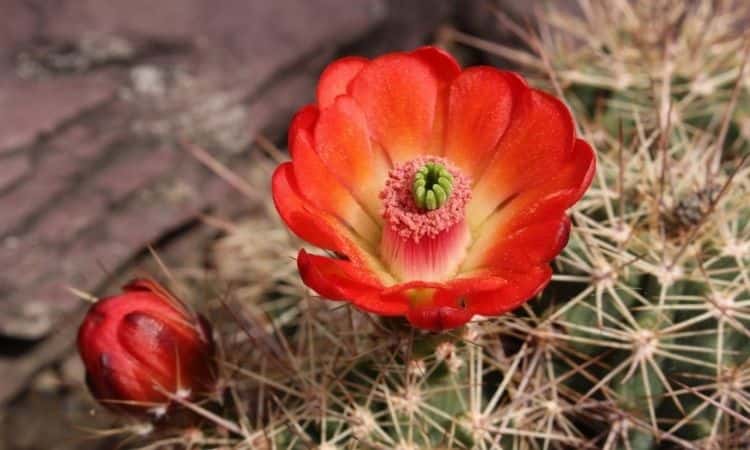
8. Opuntia Fragilis
The home of Opuntia fragilis stretches as far north as Canada – so the plant is officially considered the most northerly distributed species of the cacti family. No wonder that it survives the German winter without any problems.
The dainty cactus can cope with temperatures as low as -68 °F without any problems, but it also prefers rain protection. All in all, Opuntia fragilis is a very small cactus, reaching a height of five to ten centimeters. This exotic grows in mats and is therefore great for underplanting large cacti and – thanks to its beautiful flowers – also looks great.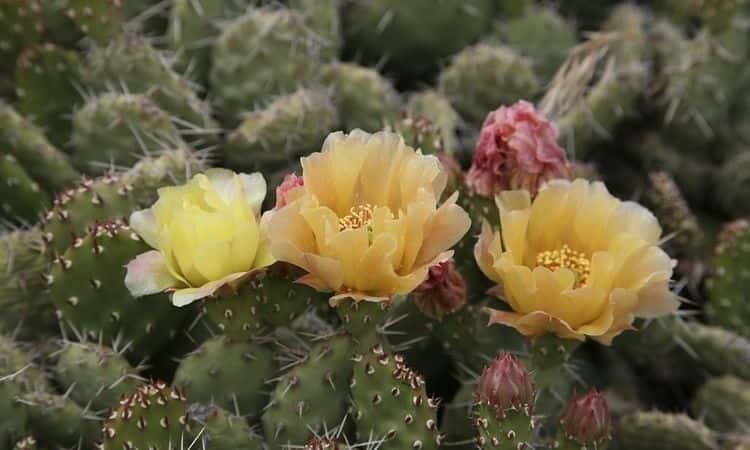
7. Echinocereus Triglochidiatus
With its funnel-shaped, bright red flowers that have a light throat inside, Echinocereus triglochidiatus is probably one of the most beautiful cacti that can be found in the USA gardens. However, with its cushion-like growth, the plant is a real eye-catcher even without flowers, and is definitely worth seeing.
In addition, Echinocereus triglochidiatus is considered particularly easy to care for and can withstand temperatures down to -53.6 °F even without special weather protection. If the cactus plant is additionally equipped with rain protection, it should even be winter-hardy up to -77 °F.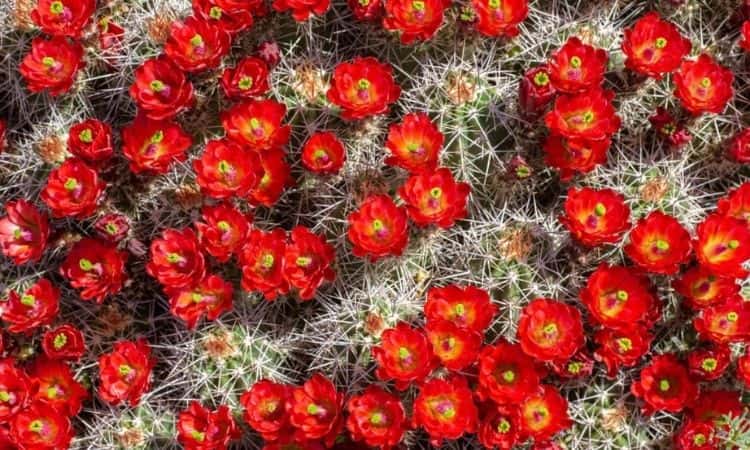
6. Opuntia Macrocentra
Opuntia macrocentra is a special eye-catcher in the bed. Instead of the typical green robe, many specimens show themselves with bluish or even violet shoots and thus provide an extravagant eye-catcher in the cactus bed.
Also, the yellow-red flowers and the purple fruits are visually not to be despised. Fortunately, despite its eccentric appearance, this special eye-catcher is not particularly demanding in terms of care. Depending on the variety and cultivation, the cactus plant with rain protection tolerates temperatures of up to -68 ° F.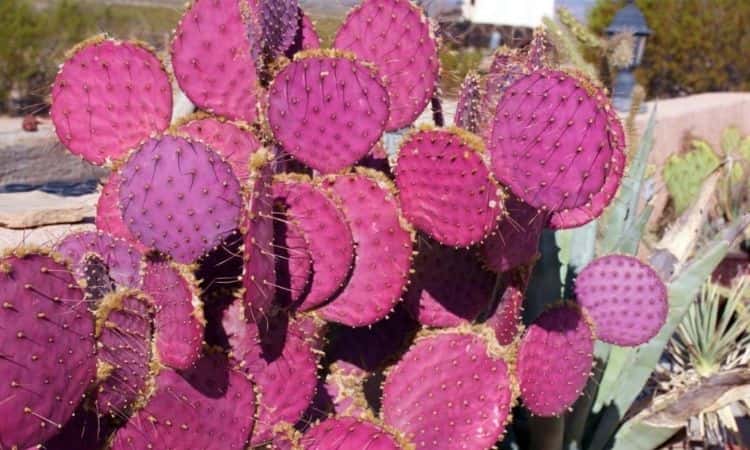
5. Opuntia Basilaris
With its blue-green color and light red tint along the areoles, Opuntia basilaris is a true beauty that no gardener should miss. But one thing, in particular, makes this cactus exceptionally interesting for the garden: Unlike most other cacti, Opuntia basilaris does not normally bear thorns and thus does not cause unwanted injuries. In addition, the plant shines with good winter hardiness of up to -68 ° F, if you can offer it a permeable location with rain protection.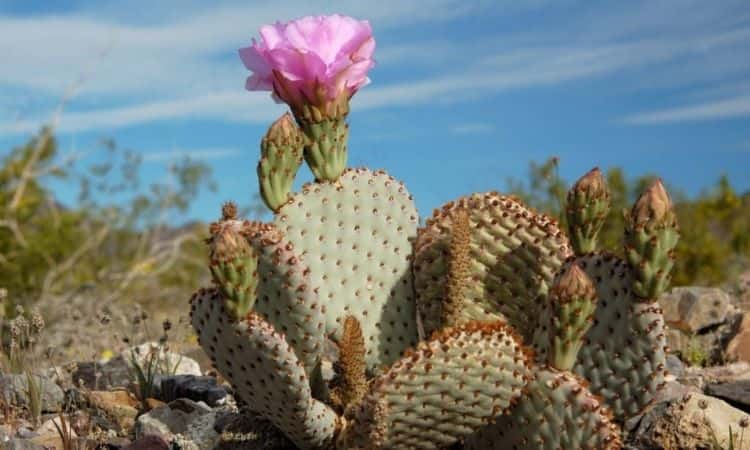
4. Opuntia Polyacantha
Hardly any other cactus is as suitable for cultivation in the American garden as Opuntia polyacantha. The perennial plant tolerates temperatures down to -68 °F and is considered to be much more moisture tolerant than many other species.
You might also like repotting cacti.
However, especially in winter, rain protection is still recommended for the plant, as this increases its winter hardiness even more. In total, the plant species is divided into five varieties, but they all shine with a growth of up to 5.9 in. high and a multitude of needle-like thorns. Especially Opuntia polyacantha var. trichophora is worth a second look – this one bears thin, almost hair-like spines.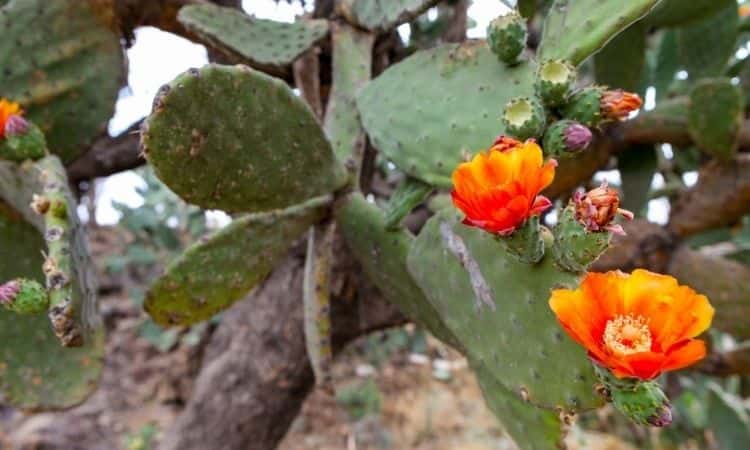
3. Cylindropuntia Echinocarpa
With its richly branched, shrubby growth and height of half a meter to two meters, Cylindropuntia echinocarpa can be perfectly integrated into any cactus bed.
You May Also Like Fertilizer For Cactus
The green-gray plant stands out mainly thanks to its striking yellow glochids and white spines, turning out to be a real feast for the eyes. However, the eye-catching exotic is also a true ornamental in the USA – easy to care for and robust, it can withstand temperatures down to -77 °F if you can provide it with rain protection.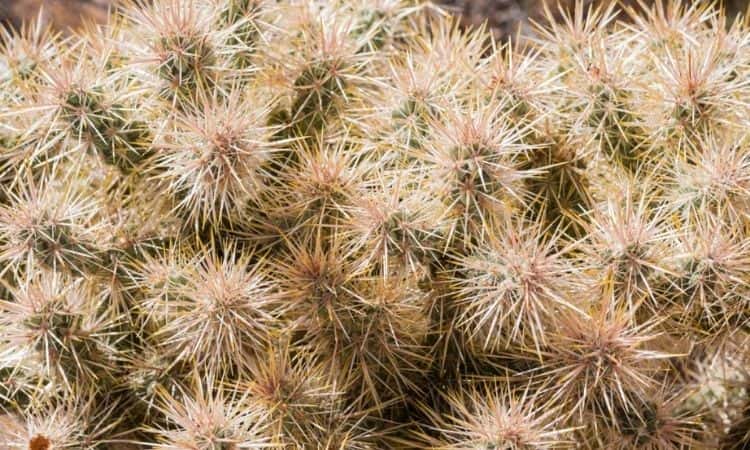
2. Opuntia Phaeacantha
Up to now Opuntia phaeacantha, also called black-brown-thorned prickly pear, is rarely found in the USA. It is a pity because the plant has everything a good cactus needs: Robust and easy to care for, it is a true survivor, but also scores with rich flowers and edible fruits.
To grow them in the garden, you really only need to choose the right location. It should be sunny and have well-drained but nutritious soil. If these basic conditions are right, Opuntia phaeacantha can even withstand temperatures as low as -68 °F – without any rain protection.
1. Cylindropuntia Imbricata
If you are looking for a hardy cactus, Cylindropuntia imbricata is the right choice. The cactus can withstand up to -86 °F in protected places. If the cactus is fully exposed to the weather, it can endure up to -68 °F. Originally, Cylindropuntia imbricata, also known as the perennial prickly pear cactus, comes from the desert-like mountainous regions of the USA.
However, due to its extremely robust nature, the cactus has also spread to Europe, where it can be found in parts of France, Spain, and Switzerland. In the American bed, the exotic impresses with a stately height of up to four meters and its magenta-colored flowers, which turn into edible fruits from July. In addition, Cylindropuntia imbricata is considered extremely easy to care for, only waterlogging the plant does not tolerate at all.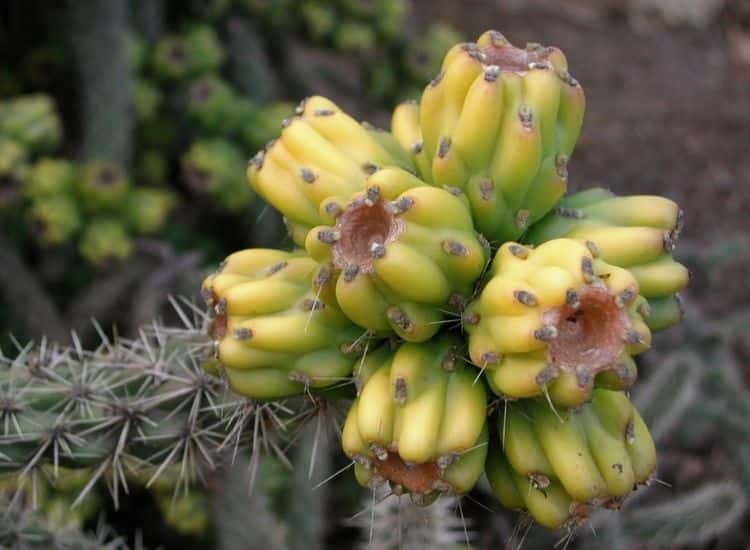
If you are now further interested in cacti and succulents, here are our 5 best care tips for the exotics.
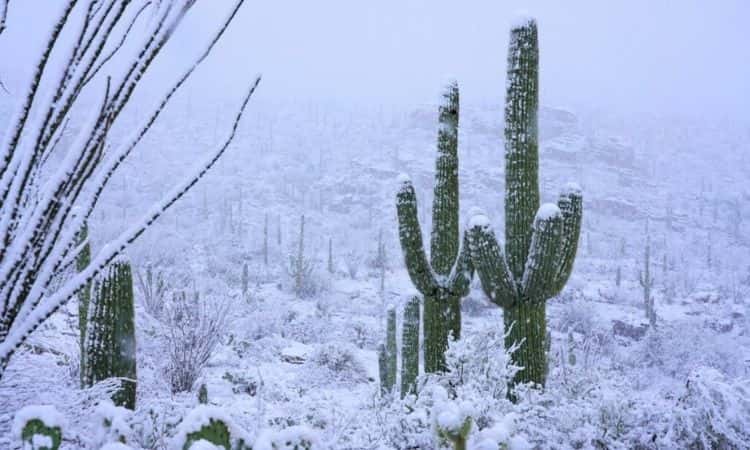
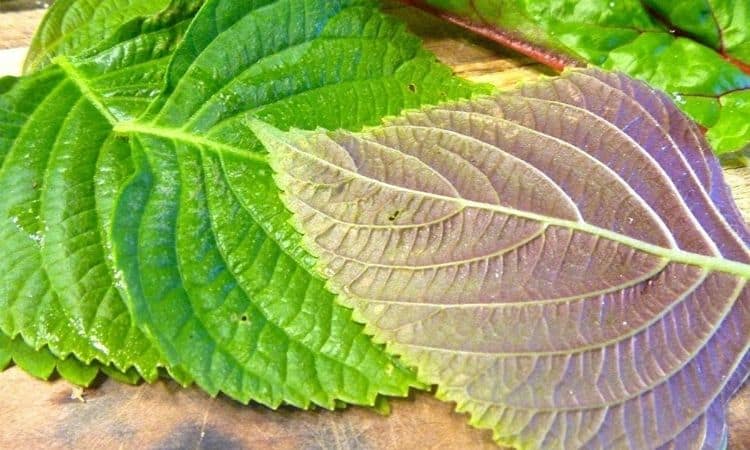
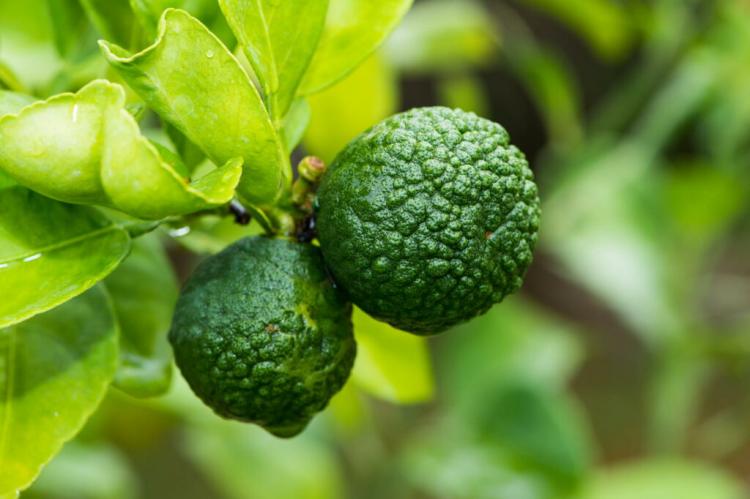
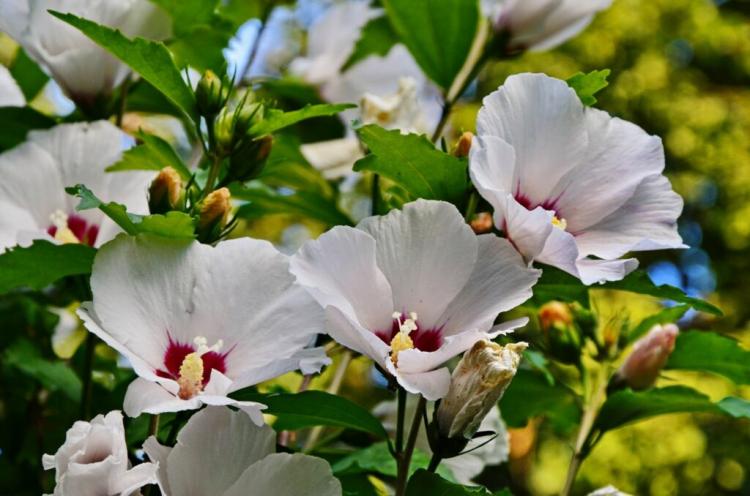
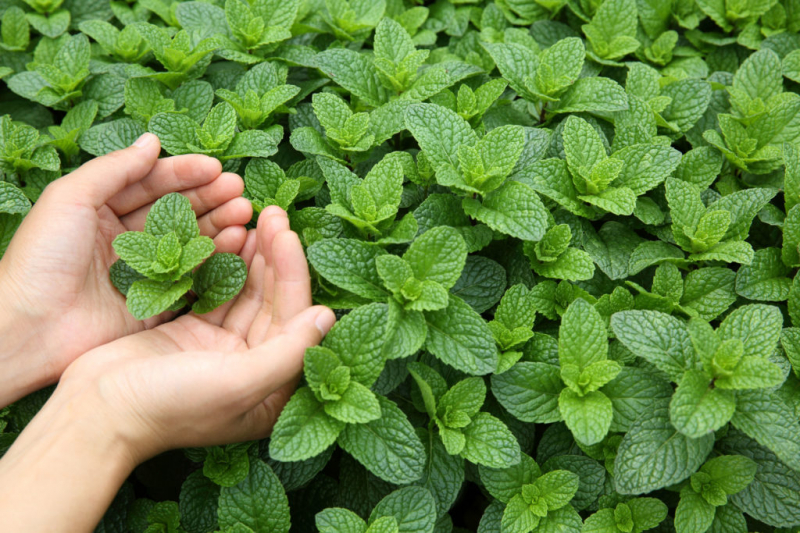

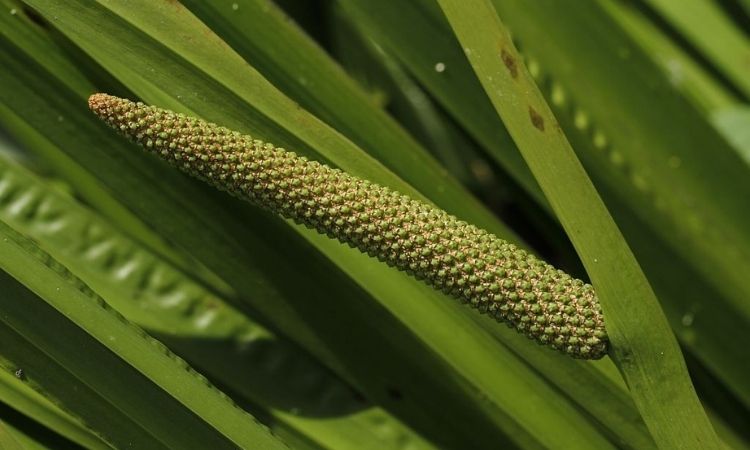
What in terms does the rain protection entail at such degrees? Not getting covered in snow?
Hi, Mitchell. Cacti don’t like excessive moisture. So during the monsoon season, it is advisable to protect succulents from rain.